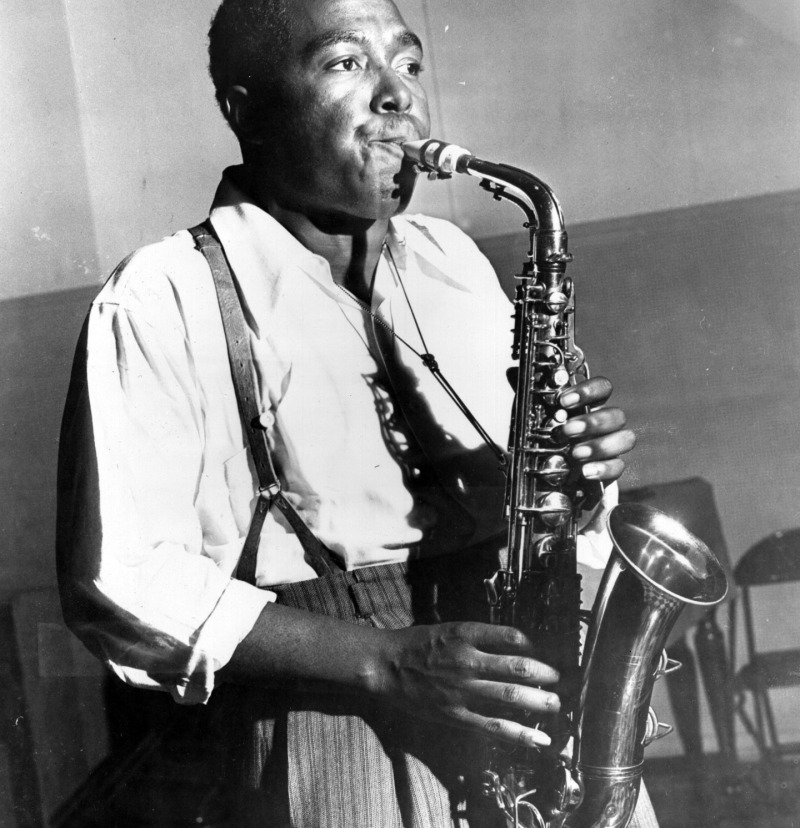The recording industry continues to reel from falling CD sales as music fans flock to low-cost streaming. But this is hardly the first disruptive technology to shake record companies to the core. In the early 1940s, musicians shut down almost all recording in a struggle for increased royalties, seeking compensation for jukebox and radio play. Much like today, seismic changes in the music business opened doors for new sounds and new business models.
In Los Angeles, where the wartime boom fueled an explosion of creativity in black music, nearly a dozen independent labels sprang up to document the profusion of talent after the American Federation of Musicians declared a strike in 1942 seeking 1-cent royalties on every record sold. Suddenly, styles ignored or overlooked by the big three -- Decca, Columbia and Victor -- found a home, and no indie created a more enduring legacy than Ross Russell’s Dial Records.
Russell, a writer who owned a small Hollywood music shop, launched Dial to record Charlie Parker, or Bird, the genius alto saxophonist who forged the virtuosic new vocabulary of bebop with trumpeter Dizzy Gillespie. On their first trip to the West Coast, they played a three-month gig at Billy Berg’s, one of the first integrated clubs in Hollywood. The engagement firmly established the bracing new style on the Southland scene, and Russell quickly set about documenting Diz and Bird. When the rest of the band headed home, Parker stayed in L.A. He’s featured on about a third of the tracks on a new nine-disc set by the mail-order label Mosaic: "The Complete Dial Modern Jazz Sessions."
These recordings are the stuff of legend, capturing Bird on some his first dates under his own name, initially accompanied by a 20-year-old trumpeter named Miles Davis. Focusing on his original pieces, like “Yardbird Suite,” “Ornithology” and “Moose the Mooche,” Parker plays with dazzling fluency.
